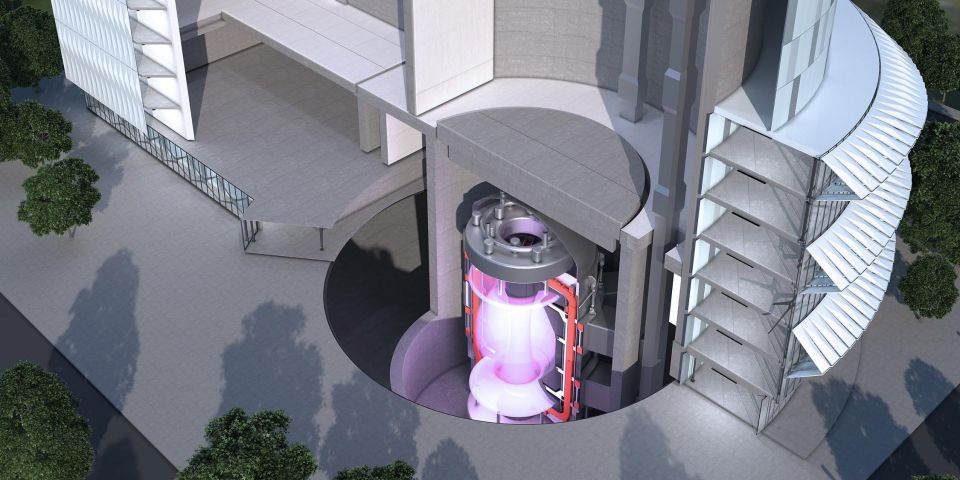 Research background: As it absorbs energy from the fusion reactions, the BB may reach temperatures greater than 1173 K. Such high temperatures raise the risk of corrosion of the structural materials that are in contact with the BB. Kondo’s team focused on a BB made of a high-purity liquid lithium-lead (LiPb) alloy, as well as on reactor structural alloys made of chemical vapor deposition silicon carbide (CVD-SiC) and iron-chromium-aluminum (FeCrAl). Prior to Kondo’s research, data on the high-temperature compatibility of these materials were lacking beyond 973 K.
Research background: As it absorbs energy from the fusion reactions, the BB may reach temperatures greater than 1173 K. Such high temperatures raise the risk of corrosion of the structural materials that are in contact with the BB. Kondo’s team focused on a BB made of a high-purity liquid lithium-lead (LiPb) alloy, as well as on reactor structural alloys made of chemical vapor deposition silicon carbide (CVD-SiC) and iron-chromium-aluminum (FeCrAl). Prior to Kondo’s research, data on the high-temperature compatibility of these materials were lacking beyond 973 K.
The new research: Kondo’s team synthesized high-purity LiPb by melting and mixing Li and Pb grains under vacuum conditions. The researchers heated and liquefied this LiPb. They next added samples of CVD-SiC and two forms of FeCrAl—with and without pre-oxidation treatment—into the liquid LiPb, where the samples stayed for 250 hours to test for corrosion in temperatures up to 1173 K. (Pre-oxidation of FeCrAl forms a layer of α-Al2O3 on the FeCrAl surface.)
After the test, analysis revealed that the CVD-SiC had reacted with impurities in the LiPb to develop a surface layer of complex oxides. These oxides provided resistance to corrosion. On the surface of the untreated FeCrAl, a layer of γ-LiAlO2 oxide developed. This oxide served as a barrier to corrosion. On the surface of the pretreated FeCrAl, the α-Al2O3 layer was transformed into γ-LiAlO2 oxide at the highest temperatures, providing corrosion resistance.
Conclusion: Kondo concluded, “Our study makes clear the nuances of the corrosion resistance mechanism of CVD-SiC and FeCrAl alloys in liquid LiPb up to 1173 K.”
As noted by Tokyo Tech News, “The insights from these findings are expected to prove useful when designing and choosing new structural materials for nuclear fusion reactors, which could pave the way for a greener economy.”



 Research background: As it absorbs energy from the fusion reactions, the BB may reach temperatures greater than 1173 K. Such high temperatures raise the risk of corrosion of the structural materials that are in contact with the BB. Kondo’s team focused on a BB made of a high-purity liquid lithium-lead (LiPb) alloy, as well as on reactor structural alloys made of chemical vapor deposition silicon carbide (CVD-SiC) and iron-chromium-aluminum (FeCrAl). Prior to Kondo’s research, data on the high-temperature compatibility of these materials were lacking beyond 973 K.
Research background: As it absorbs energy from the fusion reactions, the BB may reach temperatures greater than 1173 K. Such high temperatures raise the risk of corrosion of the structural materials that are in contact with the BB. Kondo’s team focused on a BB made of a high-purity liquid lithium-lead (LiPb) alloy, as well as on reactor structural alloys made of chemical vapor deposition silicon carbide (CVD-SiC) and iron-chromium-aluminum (FeCrAl). Prior to Kondo’s research, data on the high-temperature compatibility of these materials were lacking beyond 973 K.


